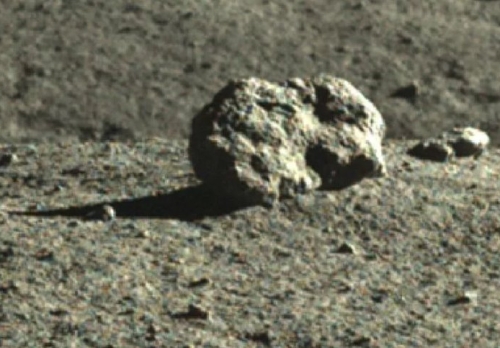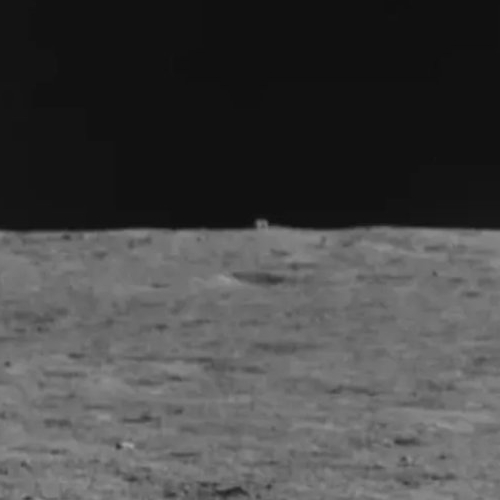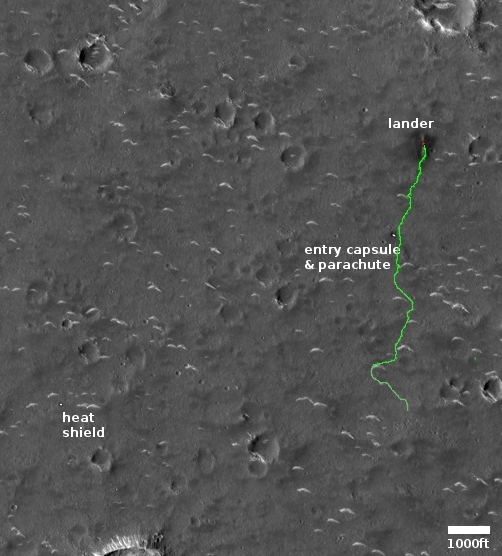Yutu-2 scientists find soil “cloddy” during its journey
Chinese scientists today published a paper describing results from Yutu-2’s two year journey on the far side of the Moon, with the most interesting discovery being that the soil is “cloddy” there.
They found that the bearing property of the regolith is similar to that of dry sand and sandy loam on Earth, stronger than the typical lunar soil of Apollo missions.
But they estimated, based on the cloddy soil observed in Yutu-2’s wheels, that the soil there is stickier than the landing site of its predecessor Chang’e-3 which soft-landed on the moon’s Bay of Rainbows in Dec. 2013, according to the study.
The researchers attributed the increased soil cohesion to the higher percentage of agglutinates in the regolith, which make the soil particles more likely to hold together when ground by the wheels.
Since the blocky soil has adhered onto the rover’s wheel lugs instead of its meshed surface, they suggested that the lug’s surface could be coated with a special anti-adhesion material in future missions to improve the machine’s ability of traction.
The rover also traveled by the number of small and relatively fresh secondary craters.
Yutu-2 continues to operate. It is at present in hibernation during the lunar night, and will resume operations when the Sun comes up in about a week or so.
Chinese scientists today published a paper describing results from Yutu-2’s two year journey on the far side of the Moon, with the most interesting discovery being that the soil is “cloddy” there.
They found that the bearing property of the regolith is similar to that of dry sand and sandy loam on Earth, stronger than the typical lunar soil of Apollo missions.
But they estimated, based on the cloddy soil observed in Yutu-2’s wheels, that the soil there is stickier than the landing site of its predecessor Chang’e-3 which soft-landed on the moon’s Bay of Rainbows in Dec. 2013, according to the study.
The researchers attributed the increased soil cohesion to the higher percentage of agglutinates in the regolith, which make the soil particles more likely to hold together when ground by the wheels.
Since the blocky soil has adhered onto the rover’s wheel lugs instead of its meshed surface, they suggested that the lug’s surface could be coated with a special anti-adhesion material in future missions to improve the machine’s ability of traction.
The rover also traveled by the number of small and relatively fresh secondary craters.
Yutu-2 continues to operate. It is at present in hibernation during the lunar night, and will resume operations when the Sun comes up in about a week or so.



